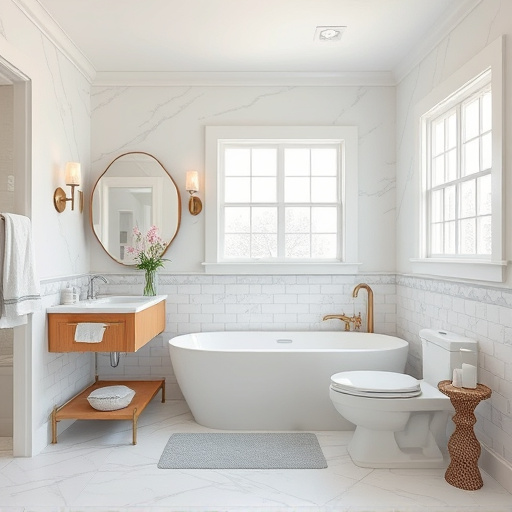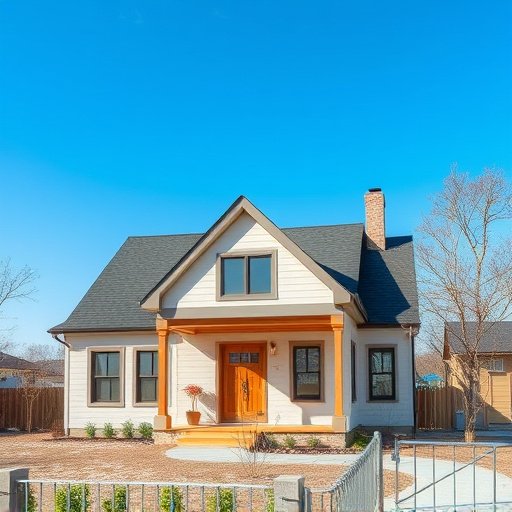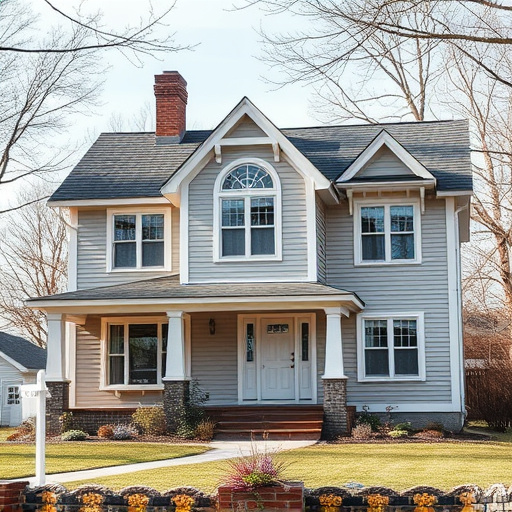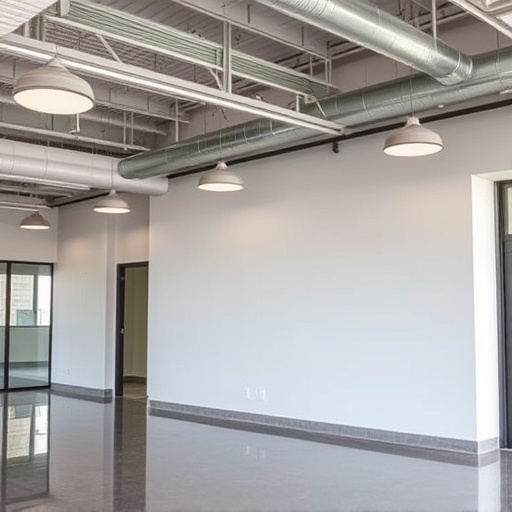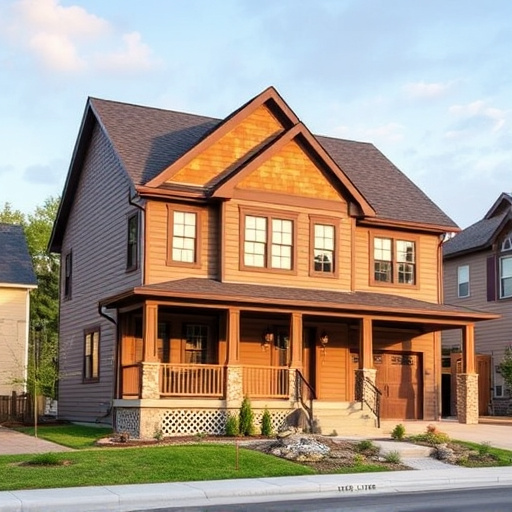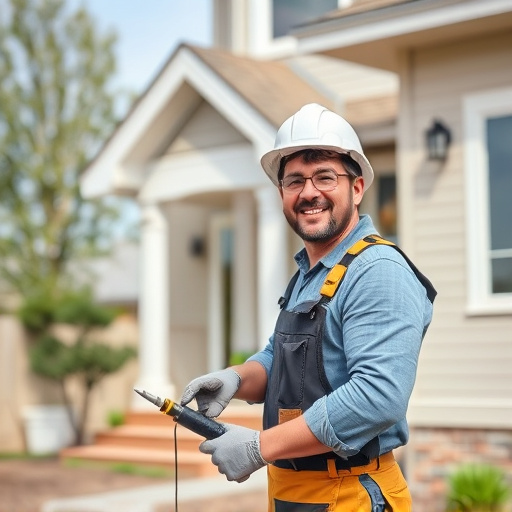Commercial remodeling requires adhering to stringent safety regulations for worker and occupant protection, encompassing materials, construction, and design. Essential features like fire suppression systems and emergency exits are non-negotiable, while tailored measures cater to specific space functions. Compliance involves meticulous planning, researching local codes, obtaining permits, maintaining records, and regular testing, ensuring successful project execution while meeting safety standards.
In the dynamic realm of commercial remodeling, prioritizing safety is not just a best practice—it’s paramount. As businesses transform their spaces, adhering to stringent safety codes ensures not only the well-being of occupants but also legal compliance and project longevity. This article delves into the critical safety regulations governing commercial remodeling, highlighting essential features and providing a step-by-step guide for remodelers to navigate these complex yet vital guidelines.
- Understanding Safety Regulations for Commercial Remodeling
- Essential Safety Features in Commercial Spaces
- Ensuring Compliance: A Step-by-Step Guide for Remodelers
Understanding Safety Regulations for Commercial Remodeling
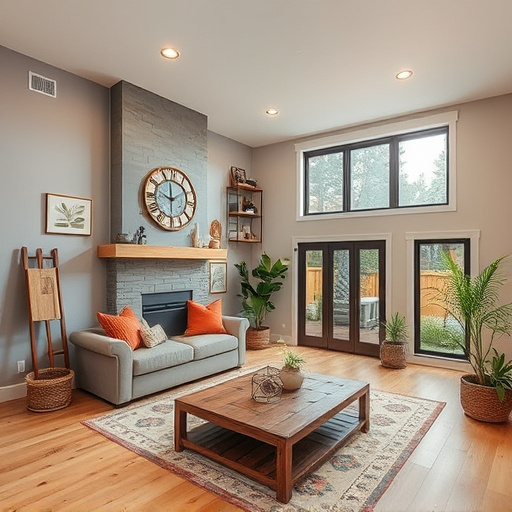
Navigating the world of commercial remodeling involves a deep understanding of safety regulations designed to protect workers and future occupants of the space. These regulations are in place for good reason, ensuring that projects adhere to strict standards for materials used, construction methods, and finished spaces. For businesses considering commercial remodeling, it’s crucial to familiarize themselves with local building codes and industry-specific rules before breaking ground.
Understanding these safety regulations is not just a legal requirement but also guarantees the successful execution of any commercial remodeling project. It involves ensuring proper ventilation during renovation, using safe handling practices for hazardous materials like asbestos or lead paint, and implementing ergonomic solutions to prevent work-related injuries. Additionally, creating functional spaces that meet accessibility standards is essential, aligning with industry best practices and home improvement services that prioritize safety without compromising aesthetics or interior painting designs.
Essential Safety Features in Commercial Spaces

In any commercial remodeling project, prioritizing safety is non-negotiable. Essential safety features like fire suppression systems, smoke detectors, and emergency exits are crucial for protecting both occupants and property during unforeseen events. These critical components ensure that your commercial space adheres to local building codes and provides a secure environment for employees, customers, and visitors alike.
Beyond these basic requirements, consider incorporating additional safety measures specific to the space’s function. For instance, in areas with heavy foot traffic or hazardous materials, implementing high-visibility signage, slip-resistant flooring, and automated door systems can significantly enhance safety. Just as important is regular maintenance and testing of safety features, whether it’s a routine exterior painting job that includes lead paint removal or a complete bathroom remodel focusing on accessible design and proper ventilation.
Ensuring Compliance: A Step-by-Step Guide for Remodelers
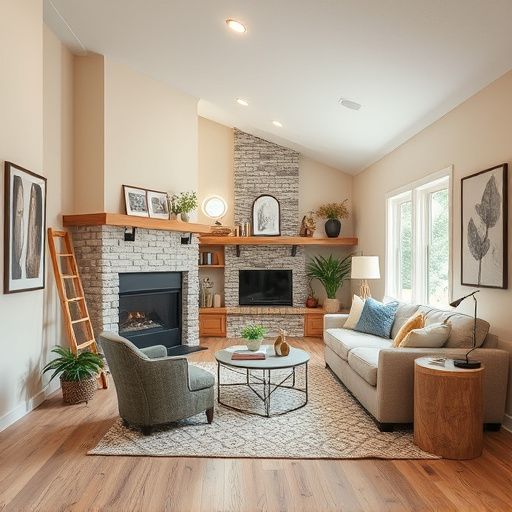
Ensuring compliance with safety codes is a non-negotiable aspect of commercial remodeling. It’s a multifaceted process that requires meticulous planning and execution from remodelers. Here’s a step-by-step guide to help navigate this crucial phase.
First, thoroughly research and understand the specific safety regulations governing commercial spaces in your region. This involves delving into local building codes, occupational health standards, and industry-specific guidelines related to areas like electrical work, plumbing, and structural modifications. Next, integrate these regulations into your project plans from the outset. This includes obtaining necessary permits before beginning any renovation services or home remodeling tasks. Regularly update safety protocols throughout the project, especially when handling hazardous materials or conducting exterior painting. Lastly, maintain meticulous records of all compliance steps taken, inspections completed, and certifications obtained to demonstrate adherence to safety standards in case of audits or unforeseen circumstances.
When undertaking any commercial remodeling project, adhering to safety codes is paramount. By comprehending relevant regulations, integrating essential safety features, and rigorously following a compliance guide, remodelers can ensure not only the well-being of occupants but also the successful completion of projects within the legal framework governing commercial spaces. This meticulous approach to safety enhances the overall value and longevity of the remodeled area.








